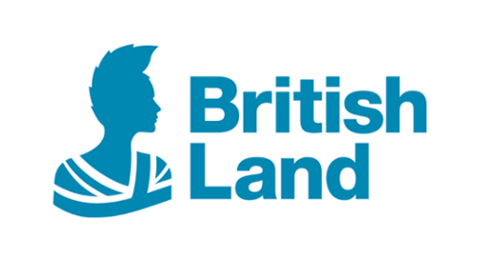British Land's Fit-out Waste Guidelines
01 January 2013British Land's Fit-out Waste Guidelines
01 January 2013Following a successful pilot during the fit-out of 201 Bishopsgate and The Broadgate Tower, British Land has published guidance on managing fit-out waste. The company now encourages occupiers and building management teams to apply this approach on all major fit-out projects.
Key Facts
- £30,000 in savings for occupiers
- Payback period: immediate
- Capital investment: none
Situation
In 2008, British Land and managing agent for its office portfolio, Broadgate Estates, worked in partnership with occupiers during the fit-out of 201 Bishopsgate and The Broadgate Tower, with all parties agreeing to use a single waste contractor.
The success of this partnership approach informed the development of British Land’s Fit-out Waste Guide.
In 2009/10, occupiers on all five major fit-out projects across British Land’s managed office portfolio applied this Guide in their areas, and British Land achieved 97% recycling of fit-out waste in common parts.
Actions
Waste materials were removed from occupiers’ areas each day, providing a well-organised working environment.
Facilities for hazardous waste were provided on each floor and emptied at the end of each day, reducing potential risks for workers.
Waste containers were stored in the basement, with segregated materials taken for recycling and residual waste for further segregation.
Unused materials and packaging were sent back to manufacturers for re-use or recycling, via returning delivery vehicles, reducing vehicle movements and cutting transport costs.
Benefits
At 201 Bishopsgate and The Broadgate Tower, the fit-out waste pilot achieved:
- 97% of fit-out waste re-used or recycled
- 1,693 tonnes of waste diverted from landfill
- Less materials wastage for occupiers
- Less congestion on London’s busy roads
- Safer and cleaner working environment during fit-out
- Good risk management and compliance with waste legislation
- Partnership working with occupiers
- Pilot for British Land’s Fit-out Waste Guide.
The British Land Fit-out Waste Guide is available for download at: www.britishland.com/crdownloads
Financials
At 201 Bishopsgate and The Broadgate Tower:
- Capital investment: none
- Savings: £30,000
- Payback period: immediate.
The waste contractor charged occupiers £6.04 less per bin for waste segregated for recycling, to reflect the rebates received by the ontractor for recyclable materials, as well as the savings it achieved by avoiding landfill taxes and incineration costs. Given that around 5,000 bins were sent for recycling during the first three fit-outs, the strong recycling performance generated savings for occupiers of around £30,000.
Occupiers are also thought to have achieved savings on the costs of materials and transport, by sending unused materials back to manufacturers for re-use or recycling, via returning delivery vehicles.
Challenges and Achievements
TIMING
How to build relationships with occupiers from an early stage, before they had even moved into the building?
British Land and Broadgate Estates primarily saw this as an opportunity to work with occupiers to understand their needs and ensure a smooth relocation for them. In the case of TH Real Estate, this was facilitated by an existing relationship. All parties attended group meetings to discuss British Land’s proposed approach to fit-out waste management. Together with Broadgate Estates, British Land then put policies in place to formalise the agreement, setting out standard building practices that all occupiers would be required to observe.
PARTNERSHIP
How to bring together all parties involved in the building, to work collaboratively on initiatives that usually would be managed separately, and get agreement from all occupiers to standard practice in the building?
British Land and Broadgate Estates worked with each occupier to understand their needs and ensure that the partnership would help them to achieve their corporate objectives, whether these were to improve environmental performance, control costs, manage the fit-out efficiently and safely, or a combination of all of these.
PAYBACK
How to calculate the cost/benefit equation in advance and communicate it to all stakeholders?
British Land was confident that, at the very least, the initiative would be cost neutral, with the main investment comprising management time, particularly during the planning phase. In fact, rather than there being a cost premium for the additional waste management services provided, the successful waste contractor introduced a financial incentive to encourage recycling. Simple measurement processes were also put in place to monitor performance, so that benefits could be evaluated and communicated quickly.
Find out more
Matthew Webster
Head of Wellbeing and Futureproofing
British Land
E: Matthew.Webster@britishland.com
T: 020 7467 3361
http://www.britishland.com/
*Please note that the information on this page was supplied by the BBP Member and the BBP assumes no responsibility or liability for any errors or omissions in the content
